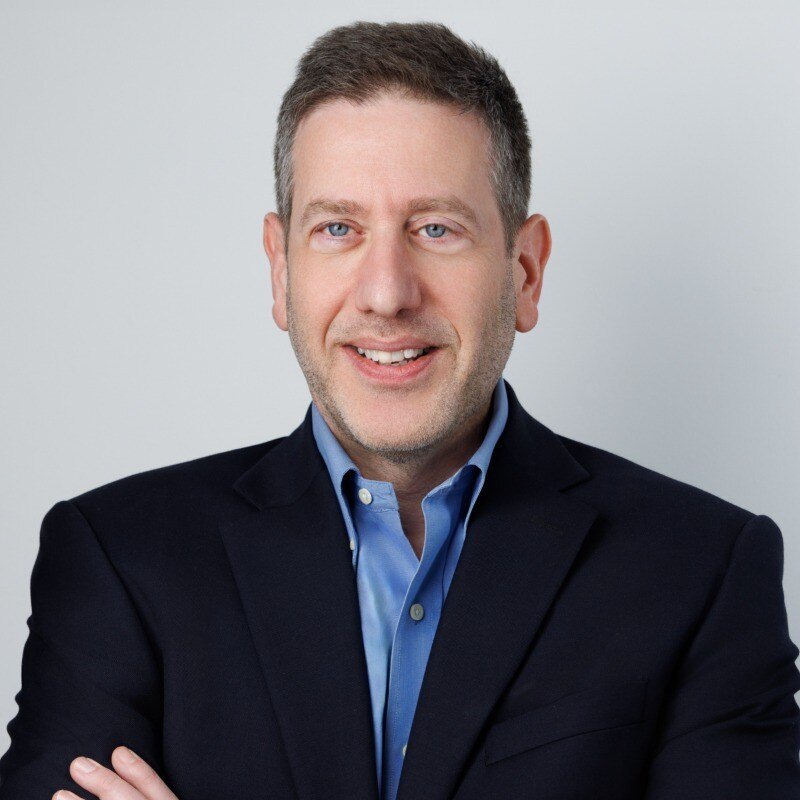This article is part of a Curacity series to help hotels plan for budgeting season. We asked Michael Goldrich, an end-to-end digital marketer and generative AI advisor with deep hospitality experience (Starwood Hotels & Resorts, Wyndham Hotel Group, Denihan Hospitality Group, and more), to weigh in on what hoteliers need to know now.
As hotel marketing executives grapple with flat budgets and rising media costs, the need for strategic resource allocation has never been more critical. Let's explore how hotels can optimize their marketing budgets for maximum impact in this evolving landscape.
We must first understand the traveler's journey to optimize our budgets. Most potential guests are in the dreaming or planning phases of their travel decision-making process at any given time. Only a tiny segment is ready to book "right now." Yet, many hotels fall into the trap of prioritizing lower-funnel initiatives, such as Google Ads, for quick wins and more straightforward attribution.
This approach, while tempting, overlooks a crucial fact: to increase conversions, we need to bring in more people at the top of the funnel and nurture them toward bookings. This realization is driving a strategic shift towards upper-funnel marketing strategies.
Prioritizing Upper-Funnel Marketing
Upper-funnel marketing focuses on brand awareness, inspiration, and engagement. It's about capturing the attention and imagination of potential guests long before they're ready to book. By investing in these initiatives, hotels can expand their reach to a broader audience, build brand recognition and loyalty, influence traveler preferences early in decision-making, and create a pipeline of interested prospects to nurture over time.
One powerful way to execute upper-funnel marketing is through partnerships with prestigious media brands. Content featured in publications like AFAR and Travel + Leisure carries significant weight with travelers, offering inspiration and credibility. Traditionally, these high-quality content placements were challenging to measure in terms of direct impact on bookings.
By combining media brand partnerships with advanced attribution technology, Curacity transforms high-quality content marketing from an unmeasurable expense into a data-driven, performance-based tactic. This approach allows hotels to leverage the power of aspirational content while still tracking its impact on the bottom line. With its media brand partnerships and attribution technology, Curacity takes content from the world's best media brands into a measurable, performance-driven marketing strategy. Curacity's platform automates the otherwise costly and time-consuming process of pitching media brands for editorial coverage, enabling hotels to get more frequent coverage in top-tier publications throughout the year without significant effort.
Optimal Budget Allocation

While the importance of upper-funnel marketing cannot be overstated, the optimal budget allocation varies depending on a hotel's specific situation, goals, and target market. A general guideline for budget allocation across the marketing funnel suggests:
- 30-40% for upper funnel activities (awareness and inspiration)
- 30-35% for middle funnel strategies (consideration and evaluation)
- 25-30% for lower funnel tactics (booking and conversion)
These percentages should be adjusted based on the hotel's specific needs. For instance, hotels focusing on long-term brand building should allocate up to 50% to upper-funnel activities, while properties struggling with immediate occupancy might temporarily shift more budget to lower-funnel tactics.

Budget allocation should also consider the hotel's booking patterns and need periods. A balanced approach might allocate:
- 15-20% of the total budget to immediate need dates (0-3 months out)
- 30-35% to the mid-term booking window (3-6 months out)
- 45-55% to building future base (6+ months out).
This approach ensures a steady flow of bookings while building a solid foundation for future success.
Short vs. Long-Term Growth
While it's tempting to focus solely on immediate returns, a well-optimized budget strikes a balance between short-term gains and long-term growth. Strategies to consider include:
- Allocating a significant portion of the budget to upper-funnel initiatives
- Investing in data analytics and attribution tools
- Implementing retargeting campaigns to nurture leads
- Maintaining a presence in search and metasearch to capture high-intent travelers
- Continuously testing and refining the marketing mix
The future of hotel marketing is data-driven and efficient. Intelligent resource allocation matters more than the amount spent. By using performance-based marketing models, cost-effective digital strategies, and channels that directly tie to revenue, hotels can create a marketing approach that maximizes ROI and positions them for long-term success. Hotels can also become more adaptable, quickly adjusting to market changes or shifts in consumer behavior.
Ready to take the next step? Check out the next article in the series, Ask a Strategic Advisor: How to Maximize ROI on a Limited Marketing Budget. Or, explore our latest white paper with HSMAI, From Last-Click to First Look: A Commercial Strategy Makeover Story for Upper Funnel Marketing.
Want to learn more about how Curacity can help you this budgeting season? Fill out our ROI Calculator or get in touch to start a conversation.
